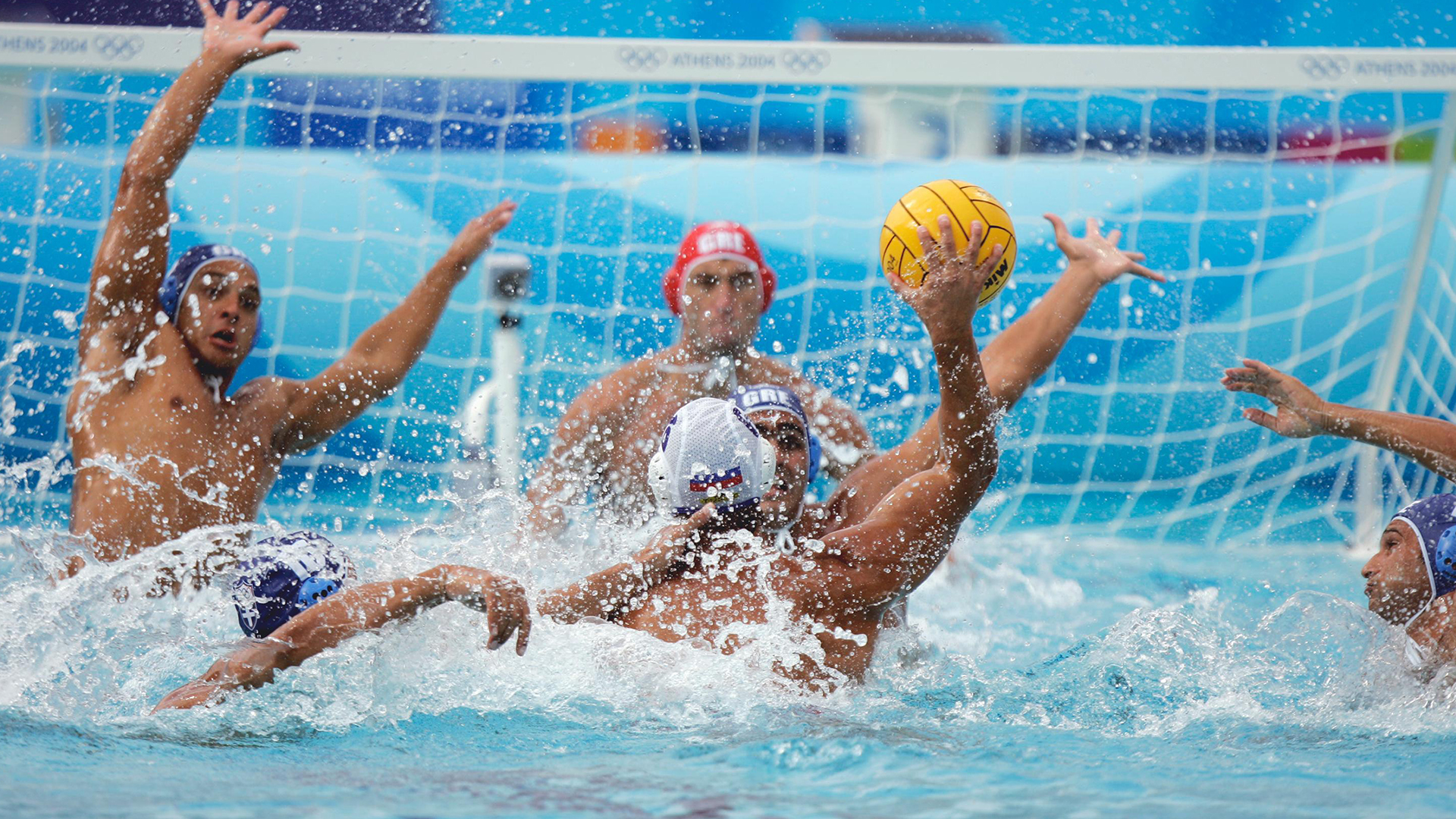Labrum injury (SLAP lesion)
The glenoid labrum is a cartilaginous rim that stabilises and protects the shoulder joint. Labrum injuries often occur in throwing sports and sports where the arm is frequently raised above shoulder height.

The labrum is located where the upper arm attaches to the shoulder blade. It surrounds the head of the upper arm and thereby increases the stability of this joint during shoulder movements. The most common labrum injury is called a SLAP lesion. It occurs in the upper part of the cartilaginous rim, where the biceps tendon attaches.
The labrum can be damaged as a result of an acute injury. For example, by falling on an outstretched arm or dislocating your shoulder. It can also be the result of an overuse injury from repeatedly performing a throwing movement with high forces. As such, SLAP lesions are common in throwing sports like handball, but also in swimming and other sports where the arm is frequently used above shoulder height.
A common symptom of a SLAP lesion is pain in the upper or back part of the shoulder. The shoulder can also feel unstable, and there might be a sensation of «catching» or «clicking» in the joint.
Treatment
The first step in treatment will always be a rehabilitation period of at least 3 to 6 months with a physiotherapist. If there is no improvement during this time, surgery may be considered. The surgeon will often determine how much the injured person should be allowed to move their shoulder once the surgery is completed. It is important to follow these restrictions as it allows healing to take place.
Between 80 to 100% of athletes return to sport following surgery, but only 50 to 60% of these can perform at the same level as before. The numbers are even lower in sports where athletes specialise in throwing, such as javelin. Here we see that only 50% return to sport and under 10% of these reach their previous level of performance.
Rehabilitation
In the first phase following surgery and until the injured area has fully healed, it should be kept immobile. This usually takes up to 6 weeks.
During rehabilitation, it is important to train:
- Mobility
- Interaction between the muscles
- Movement control
- Strength
Exercises that are suited to the particular sport(s) the athlete is involved in.
It takes on average 11 to 13 months before an athlete can return to sport. All measures to restore normal strength and control should be taken before the athlete's return to sport.


